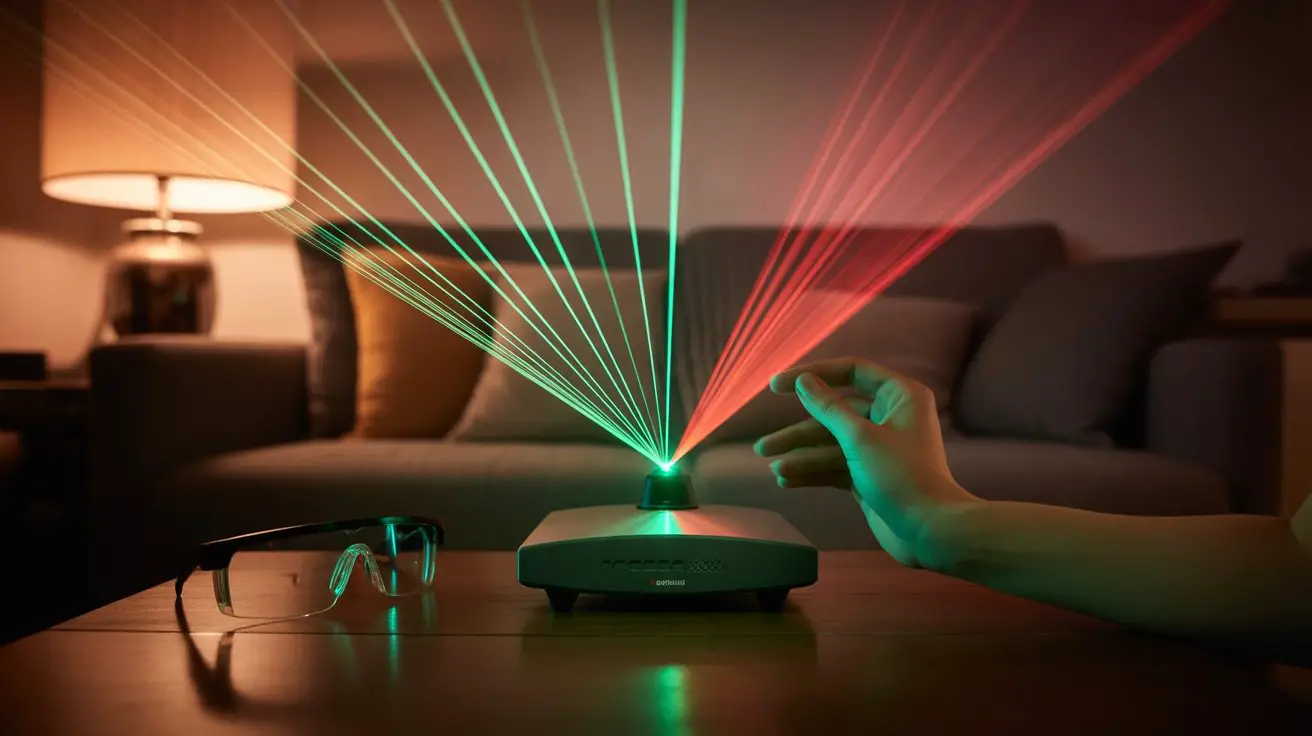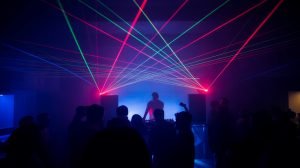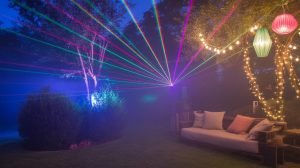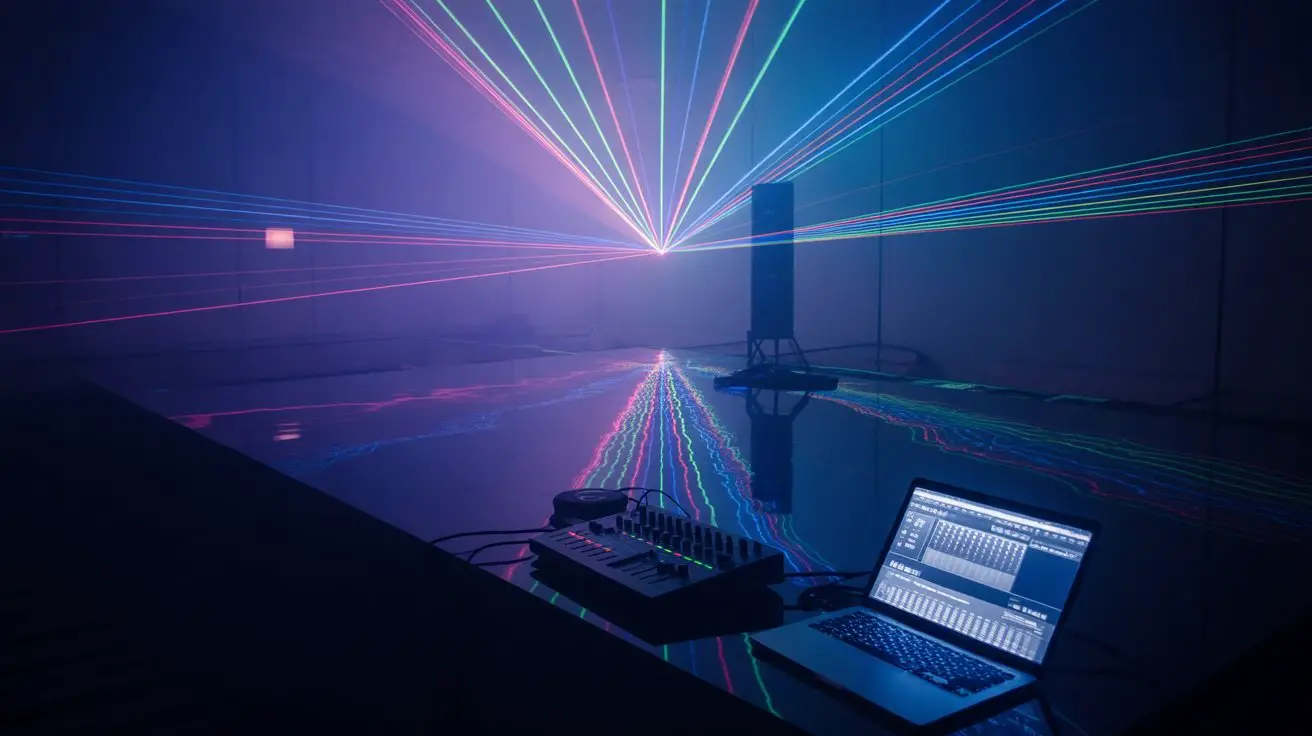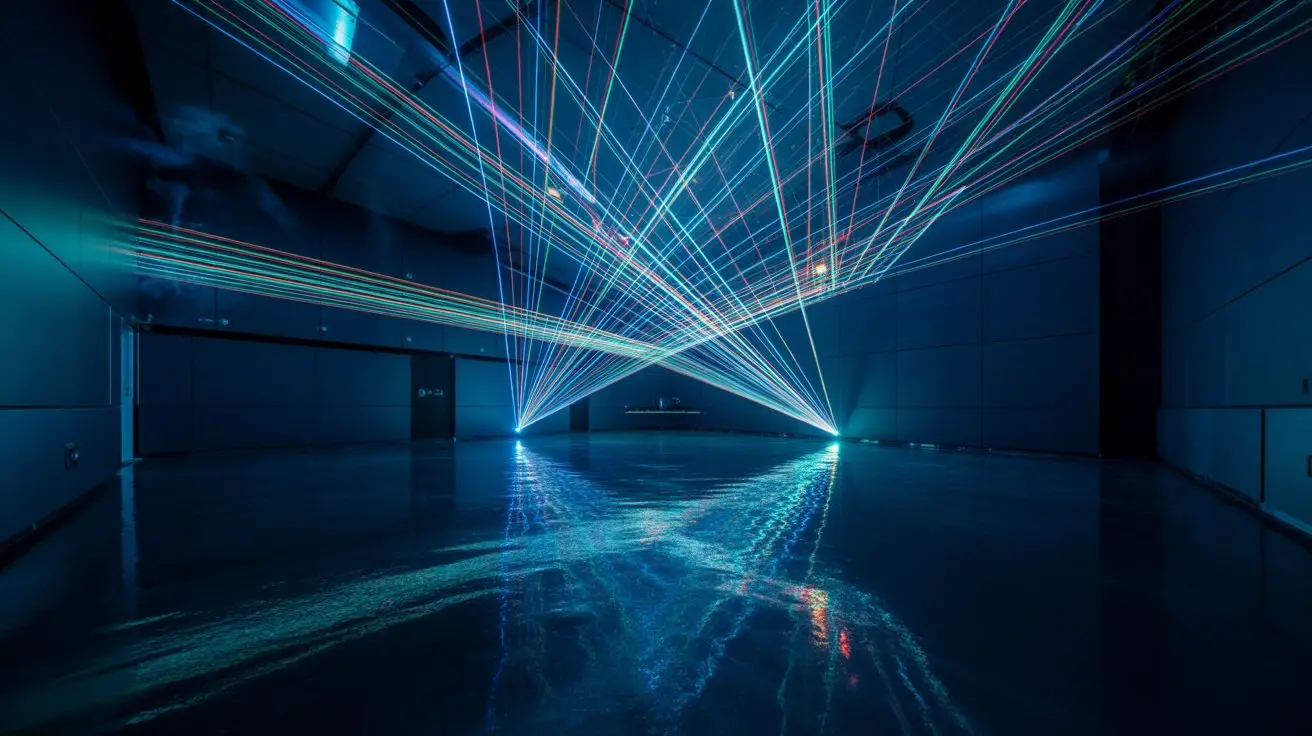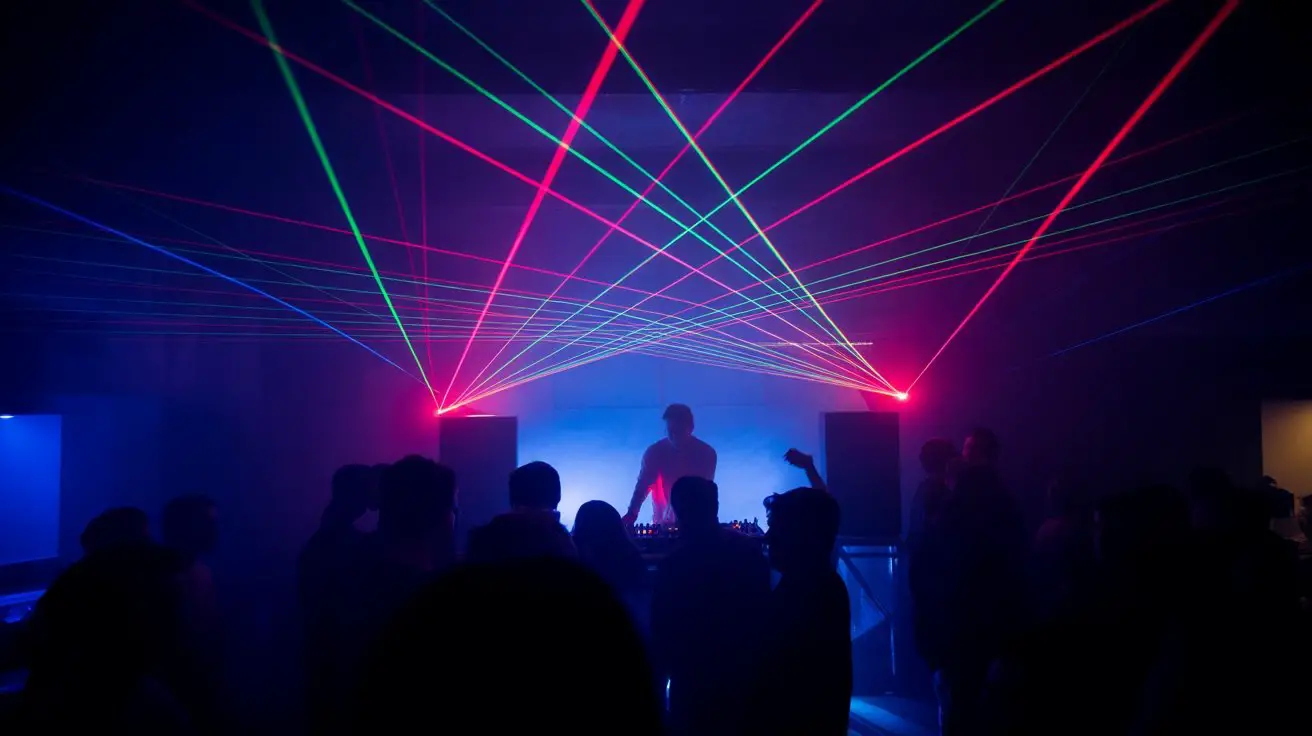According to the FDA, over 2,800 laser pointer incidents were reported to pilots in 2022 alone, highlighting how easily laser devices can pose serious safety risks when mishandled indoors. You’re working with concentrated light beams that can cause permanent eye damage in milliseconds, ignite flammable materials, and violate federal regulations if not properly controlled. Before you power up that laser system, you’ll need to understand the critical safety protocols that separate responsible operation from potential disaster.
Understanding Laser Classifications and Power Levels
Before operating any laser device indoors, you must understand the FDA’s classification system that categorizes lasers into four distinct classes based on their potential to cause biological damage.
Class 1 lasers pose no risk under normal operating conditions.
Class 2 devices emit visible light below 1 milliwatt and rely on your natural blink reflex for protection.
Class 3A lasers produce up to 5 milliwatts and can cause eye damage with direct viewing through optical instruments.
Class 3B lasers range from 5-500 milliwatts and present immediate eye hazards from direct or specular reflection exposure.
Class 4 devices exceed 500 milliwatts, creating severe eye and skin burn risks plus fire hazards to combustible materials.
You’ll find the classification label on each device’s housing, which determines required safety protocols and protective equipment for indoor operation.
Proper Eye Protection and Safety Equipment
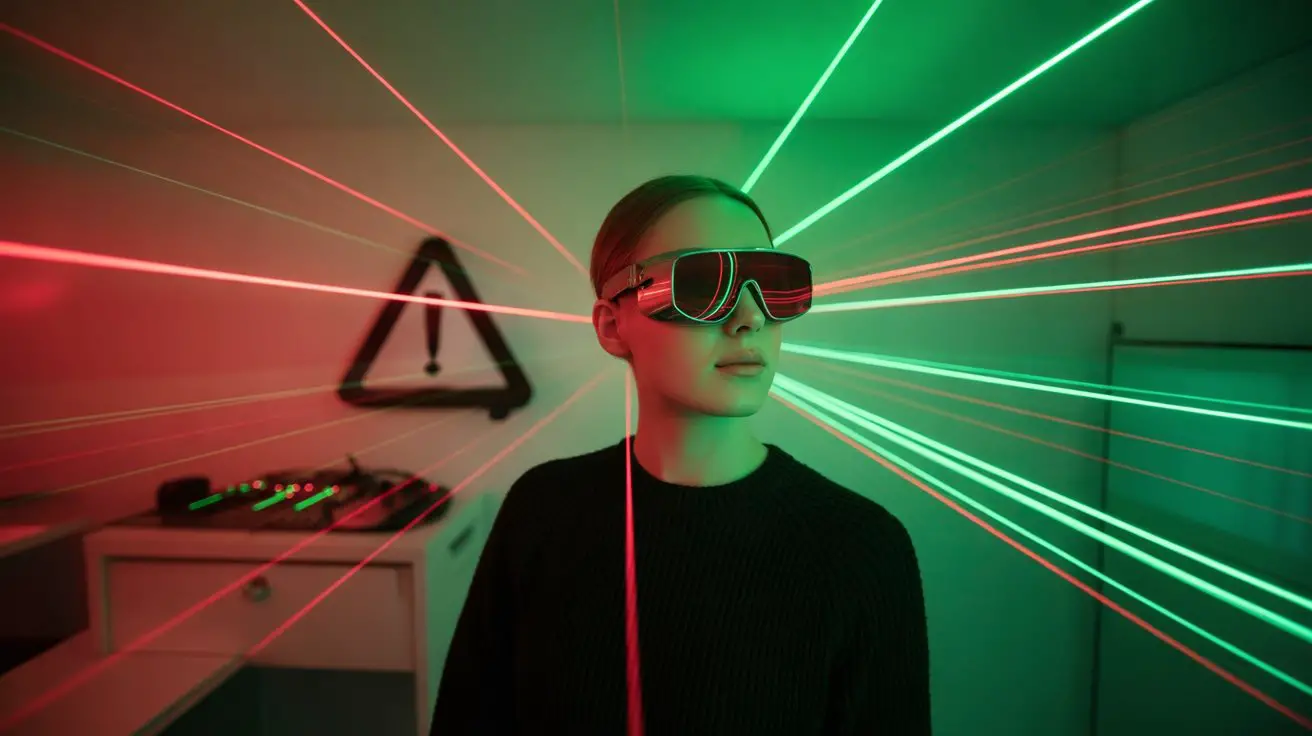
Laser safety glasses represent your primary defense against ocular injury when operating Class 2 and higher laser devices indoors.
Select eyewear with optical density ratings matching your laser’s wavelength and power output. ANSI Z136.1 standards mandate specific protection levels for each laser class.
You’ll need additional safety equipment beyond eyewear.
Install beam stops and barriers to contain stray reflections. Use warning signs at entry points indicating laser operations in progress. Emergency eyewash stations must be accessible within your work area.
Don’t overlook administrative controls.
Designate a laser safety officer for Class 3B and Class 4 systems. Implement lockout procedures and restricted access protocols. Regular equipment inspections maintain continued compliance with OSHA and FDA regulations governing indoor laser operations.
Safe Positioning and Mounting Guidelines
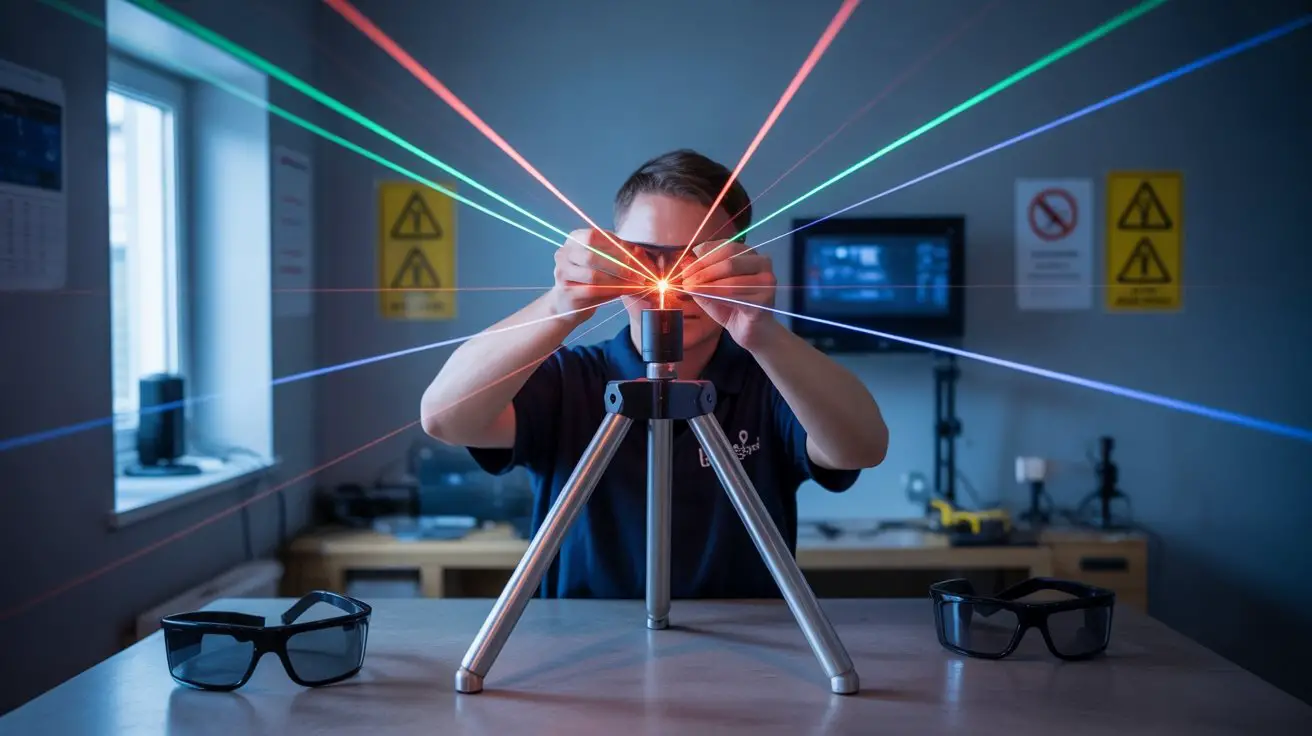
When establishing laser placement indoors, you must position devices below eye level to minimize direct beam exposure to personnel.
Mount units securely using manufacturer-approved brackets to prevent accidental movement or falling. Ascertain beam paths don’t cross walkways, exits, or occupied areas where people might inadvertently intercept laser radiation.
You’ll need adequate clearance around equipment for ventilation and maintenance access. Install beam stops or terminators at appropriate distances to contain laser energy within designated areas.
Consider ceiling height limitations and structural load capacity when selecting mounting locations.
Position control systems within operator reach while maintaining safe distances from beam paths. Document all installation positions for compliance inspections and emergency response procedures.
Regular mounting integrity checks prevent equipment displacement that could redirect beams toward unprotected areas.
Fire Prevention and Heat Management
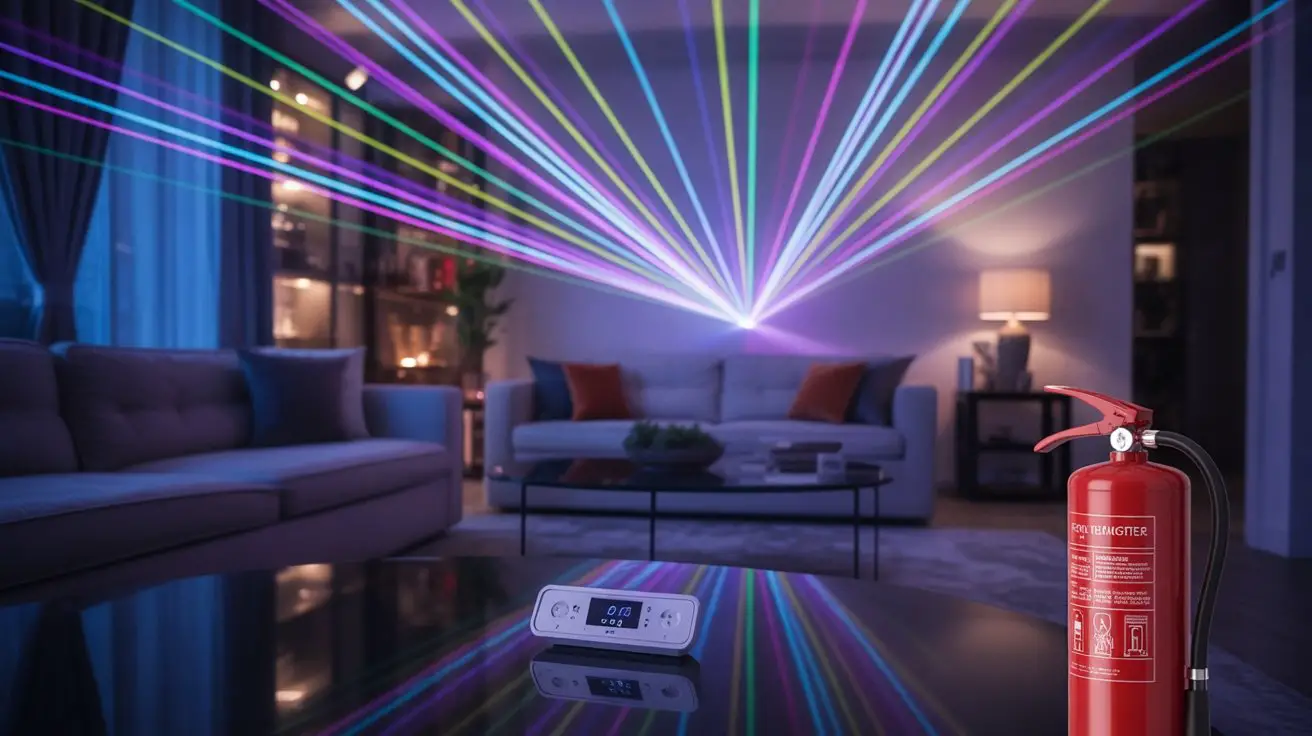
Proper mounting procedures alone won’t prevent thermal hazards that laser systems generate during operation.
Heat buildup poses significant fire risks, particularly when laser equipment operates continuously in confined indoor spaces. You must implement thorough thermal management protocols to maintain safe operating temperatures and prevent ignition of surrounding materials.
Essential heat management requirements include:
- Install adequate ventilation systems with minimum airflow rates specified by manufacturer documentation.
- Maintain clearance distances of at least 18 inches from combustible materials around laser housings.
- Monitor operating temperatures using calibrated thermal sensors with automated shutdown capabilities.
- Conduct regular inspection of cooling systems, fans, and heat sinks for debris accumulation or component failure.
These measures guarantee compliance with NFPA 101 fire safety codes while preventing thermal-related incidents during laser operation.
Creating No-Go Zones for People and Pets
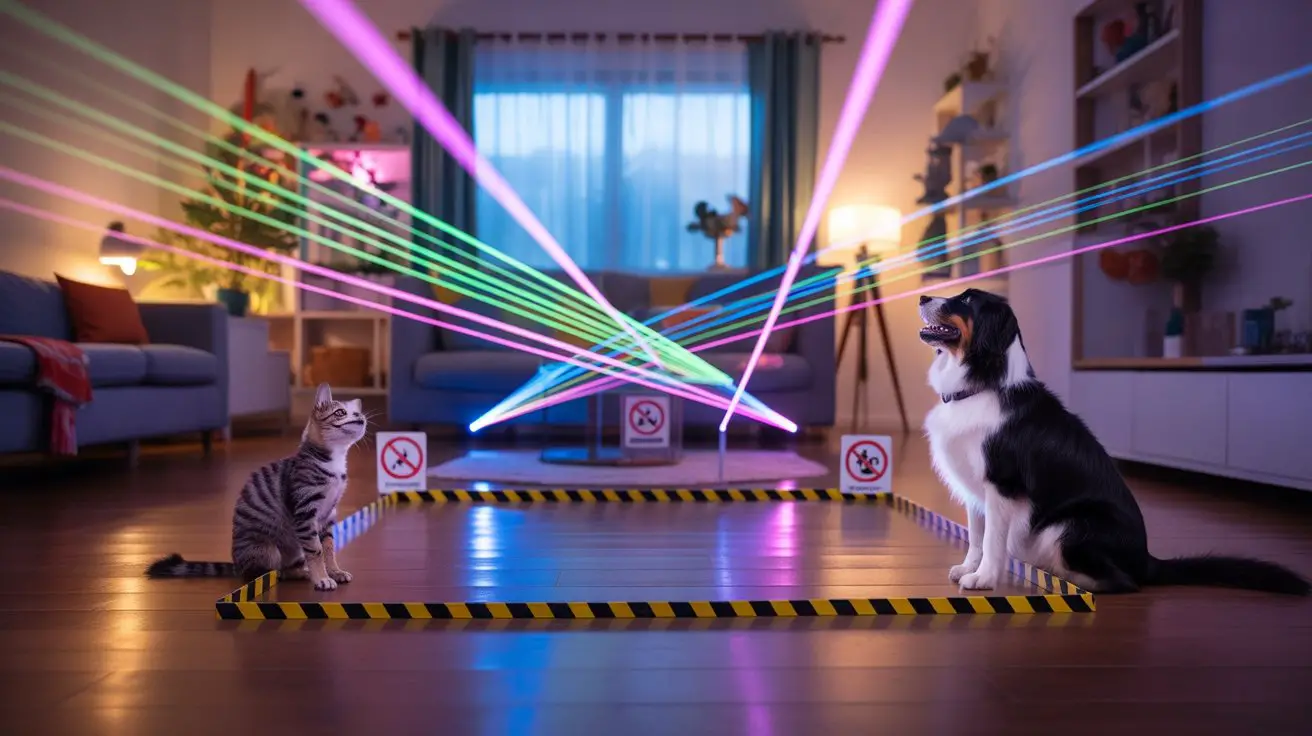
Beyond thermal hazards, you must establish designated exclusion zones that prevent accidental laser exposure to occupants and animals within your facility.
Calculate the Nominal Hazard Zone (NHZ) using the laser’s classification, power output, and beam divergence parameters. Mark these boundaries with appropriate warning signage and physical barriers where feasible.
You’ll need interlocked access controls for Class 3B and Class 4 systems, ensuring automatic laser shutdown when personnel enter restricted areas.
Position laser apertures above head height when possible, and install beam stops to contain stray reflections.
Animals require special consideration since they can’t read warning signs—use physical barriers or relocate pets entirely during operation.
Document your safety zones and train all facility users on boundary recognition and emergency procedures.
Electrical Safety and Power Requirements
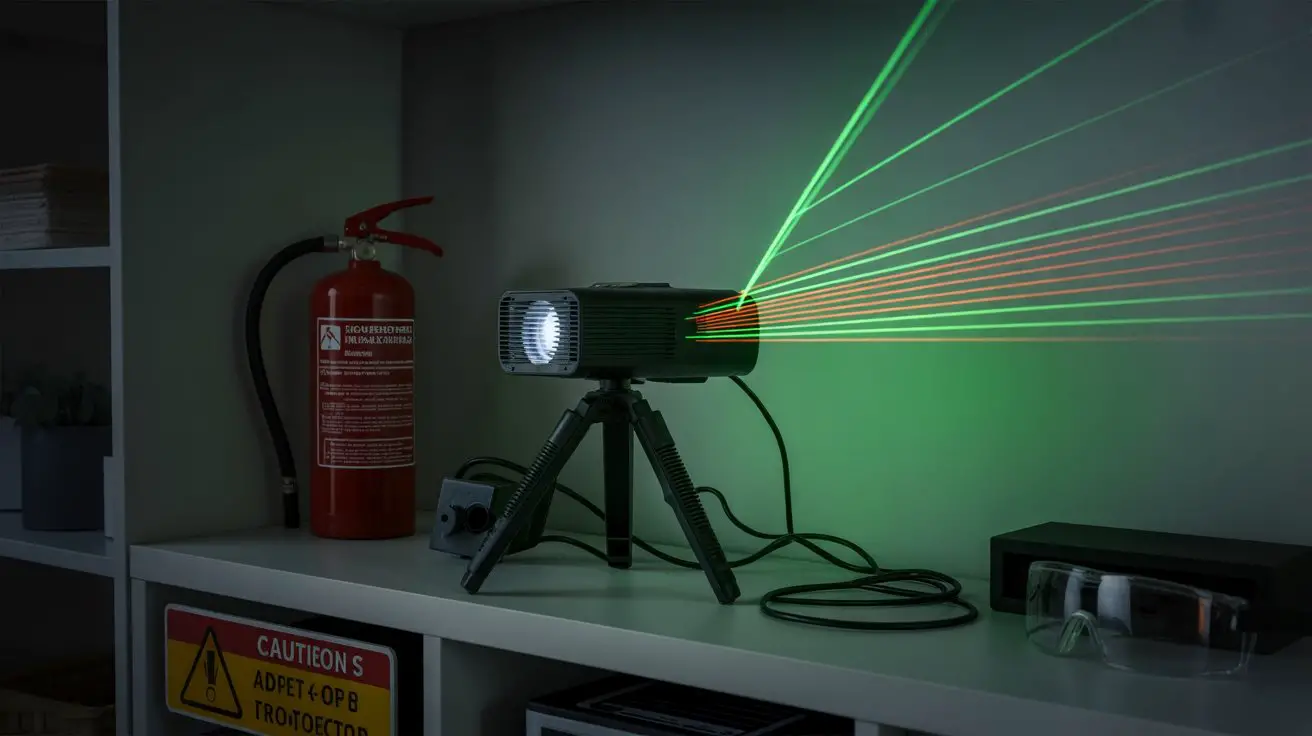
Since laser systems draw substantial electrical current and generate significant heat, you must confirm your facility’s electrical infrastructure can safely support the equipment’s power demands.
Inadequate electrical planning creates fire hazards and equipment failures.
Assess these critical electrical requirements before installation:
- Circuit capacity – Confirm dedicated circuits meet or exceed manufacturer’s amperage specifications
- Grounding systems – Install proper electrical grounding to prevent shock hazards and interference
- Surge protection – Use commercial-grade surge suppressors rated for laser equipment’s power consumption
- Emergency shutoffs – Position accessible disconnect switches within operator’s immediate reach
You’ll need qualified electricians for installations exceeding basic plug-in connections.
Don’t use extension cords or power strips with high-wattage laser systems.
Confirm all connections comply with local electrical codes and OSHA workplace safety standards.
Maintenance and Regular Equipment Inspections
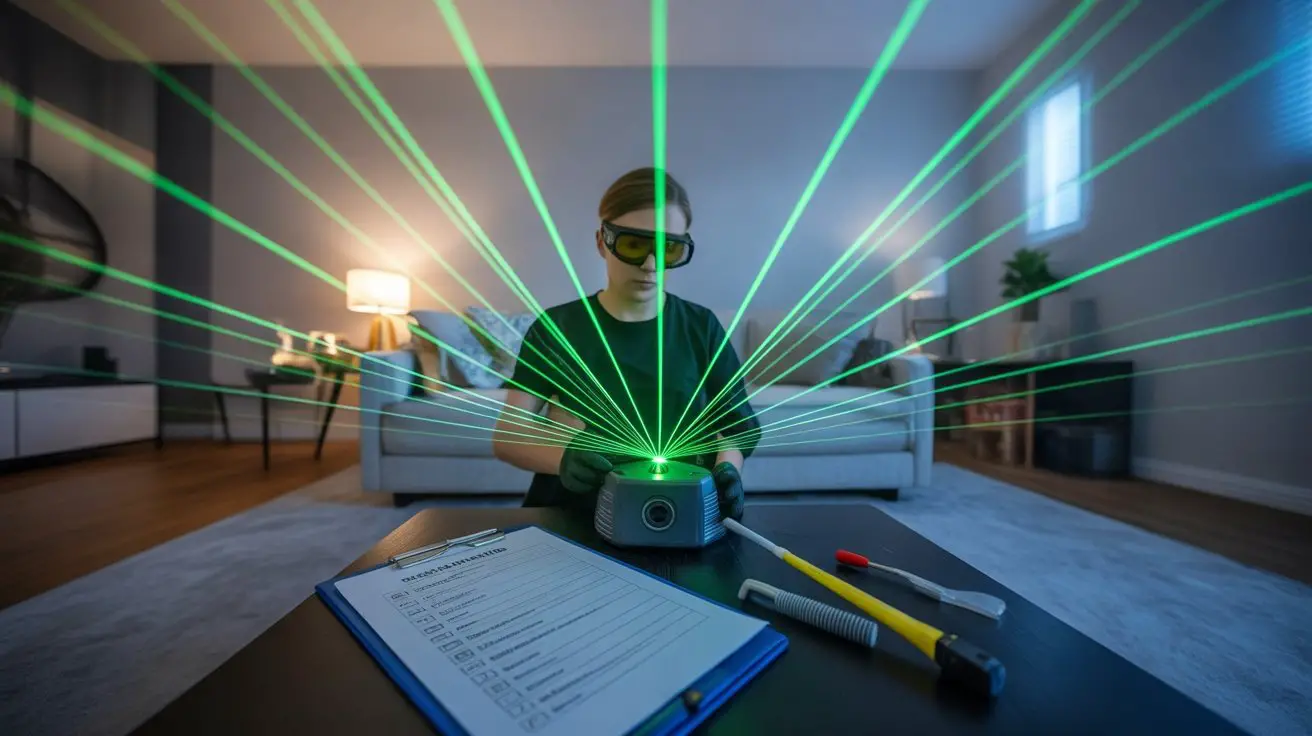
Although laser equipment appears mechanically simple, you must establish rigorous maintenance schedules to prevent catastrophic failures that compromise operator safety and regulatory compliance.
Document every inspection through detailed logs. Check optical components for thermal damage, alignment drift, and beam quality degradation. Monitor cooling systems, power supplies, and emergency shutdown mechanisms monthly. Replace consumable components before recommended intervals.
| Inspection Frequency | Critical Safety Components |
|---|---|
| Daily | Emergency stop buttons, beam blocks |
| Weekly | Laser aperture alignment, warning systems |
| Monthly | Cooling system pressure, optical mounts |
| Quarterly | Power calibration, interlocks functionality |
Non-compliance with manufacturer specifications voids safety certifications and creates liability exposure. Failed components can produce unpredictable beam trajectories, potentially causing permanent eye damage or fires. You’re responsible for maintaining equipment records that demonstrate due diligence during regulatory audits.
Emergency Procedures and First Aid Basics

When laser accidents occur, your immediate response determines the severity of injuries and potential long-term consequences.
Eye exposure represents the most critical emergency requiring immediate medical attention. Don’t attempt self-treatment or delay professional care when dealing with suspected retinal damage.
Follow these essential emergency response steps:
- Immediately discontinue laser operation and secure the area
- Document exposure parameters including power, duration, and wavelength
- Contact emergency medical services for eye injuries without delay
- Preserve incident evidence for regulatory reporting and investigation
For skin burns, apply cool water and cover with sterile gauze.
Never use ice or attempt to remove clothing adhered to burn areas.
Maintain detailed incident logs as required by OSHA and ANSI Z136 standards.
Train all personnel in these procedures before permitting laser operation access.
Frequently Asked Questions
Can Laser Lights Damage My Camera or Phone When Taking Photos?
You’re risking permanent sensor damage when laser light directly hits your camera or phone. High-powered lasers can burn pixels, create dead spots, and compromise image quality. Shield your device’s lens from direct laser exposure.
Are There Specific Insurance Considerations When Using Lasers for Events?
Like traversing a minefield, you’ll need specialized liability coverage for laser events. You must verify your policy covers laser-related injuries, property damage, and regulatory violations. Standard event insurance won’t protect against laser-specific risks.
How Do Weather Conditions Like Humidity Affect Indoor Laser Performance?
You’ll notice humidity directly impacts laser beam visibility and equipment performance. High humidity scatters light, reducing beam clarity while potentially causing condensation on optics. You must monitor environmental conditions and maintain proper ventilation to guarantee consistent output.
What Permits or Licenses Are Required for Commercial Laser Light Shows?
When Pink Floyd’s laser show was shut down mid-concert due to licensing violations, it demonstrated you’ll need FDA variance permits for Class 3B/4 lasers, plus local entertainment licenses and FAA coordination for aerial effects.
Can Laser Lights Interfere With Smoke Detectors or Security Systems?
You’ll risk triggering photoelectric smoke detectors if laser beams directly contact their sensors. Infrared lasers can interfere with security cameras and motion detectors. You must verify detector types and maintain proper beam positioning to guarantee compliance.
Conclusion
You’re walking a tightrope between innovation and catastrophe when you’re operating laser systems indoors. Don’t let complacency become your Achilles’ heel—these concentrated beams of light can instantly transform from tools into weapons against vision and property. You’ve got to treat every protocol like a firewall against disaster, because in the laser safety game, there aren’t any second chances. Your vigilance today prevents tomorrow’s permanent consequences.

